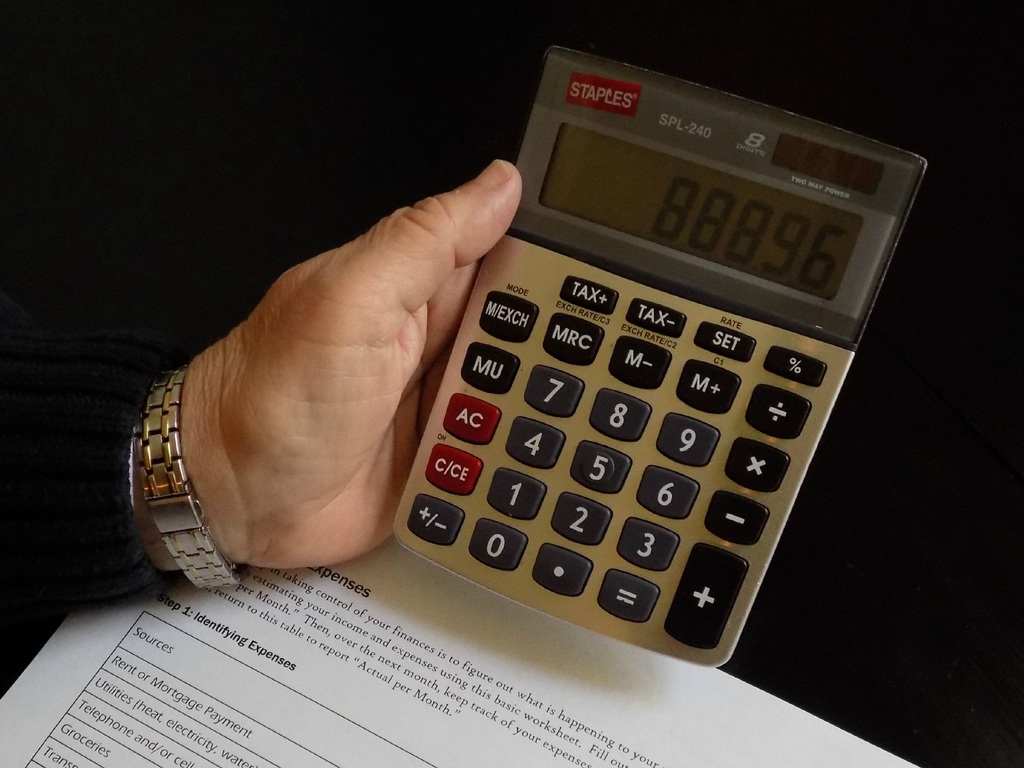
As exciting as it is to find a new place, moving is hardly a cheap process. Financially speaking, it can be a pretty hefty investment if you go into it unprepared. Create a budget for yourself, however, and you can avoid many of the pitfalls and unforeseen expenditures that come with the process. Envision the stuff you need to pack up, consider two to three ways your household can be moved, and put together a plan for action with these easy steps.
Step 1: Create a spreadsheet.
First and foremost, you’ll need a place to organize the information you’ll be collecting. Spreadsheets are ideal in this situation due to their ease of use when it comes to dealing with and comparing numbers. If you’re looking to save time, don’t be afraid to download a template for your spreadsheet program. There are more than enough available, and most of them free. These are ready to go with all of the information you need. Your only responsibility is to fill in the blanks with estimated costs.

Step 2: Add the items.
With or without a template, the next step is to populate your spreadsheet with every cost imaginable. While some might prefer a more general “moving supplies” option, others might want an itemized list. Make sure to include different types of moving options, too. If you go with Dallas moving services, you’ll need to factor in moving insurance and optional charges. If you move yourself, don’t forget to add gas and equipment rental. Beyond that, there can be other costs, such as storage or your own transportation on the day of the move. No matter how small it seems, if it costs money, you’ll need to factor it in to truly come up with a solid estimate for each possible move choice.
Step 3: Calculate the estimates.
Most moving companies, regardless of how you move, offer estimates you can easily find online. If they don’t, call and get a number to put on the sheet. This will give you a much better idea of how much each company is charging for their services and potentially give you an opportunity to haggle. Once you have all of the numbers entered, you should now have a solid grasp of what each type of move will cost you. With that number, you can look at your current budget and choose what is best for you.

Step 4: Estimate the cost of moving supplies.
Most people do not have a stash of spare cardboard boxes lying around or not enough to pack their whole house. Boxes range in price depending on where you bought them. Generally, small containers go for about $1 apiece, and large ones are about $3. And that cost can add up quickly. There’s also tape, bubble wrap and box cutters for unpacking. You may also need quilted pads and dollies for moving furniture.
If you wish to hire a moving service to do all the packing for you, that could cost an extra $1,000. If you want to do it yourself, a rented truck or trailer will have its fees. Moving out of state will require more than moving within the same city because of gas expenses. Shop around and get estimates from different companies to find an accurate number for your budget.
Step 5: Consider the expenses to set up utilities at your new residence.
City utilities may have a start-up or transfer fee. This cost ranges from state to state and city to city. The easiest way to find out the prices is to call the utility office and ask. This fee will be on top of your usual bill. To estimate what utilities will cost in your new home, ask the seller for past utility bills, and compare them to your utility usage.
Creating a moving budget isn’t hard; it just takes some time. Give yourself one to two weeks to collect the information you need as well as do any unexpected research that comes up. In the end, it’s far better to go into something as stressful as moving is with the assurance that how you chose to move is exactly what you want and fits nicely into your crafted budget.
